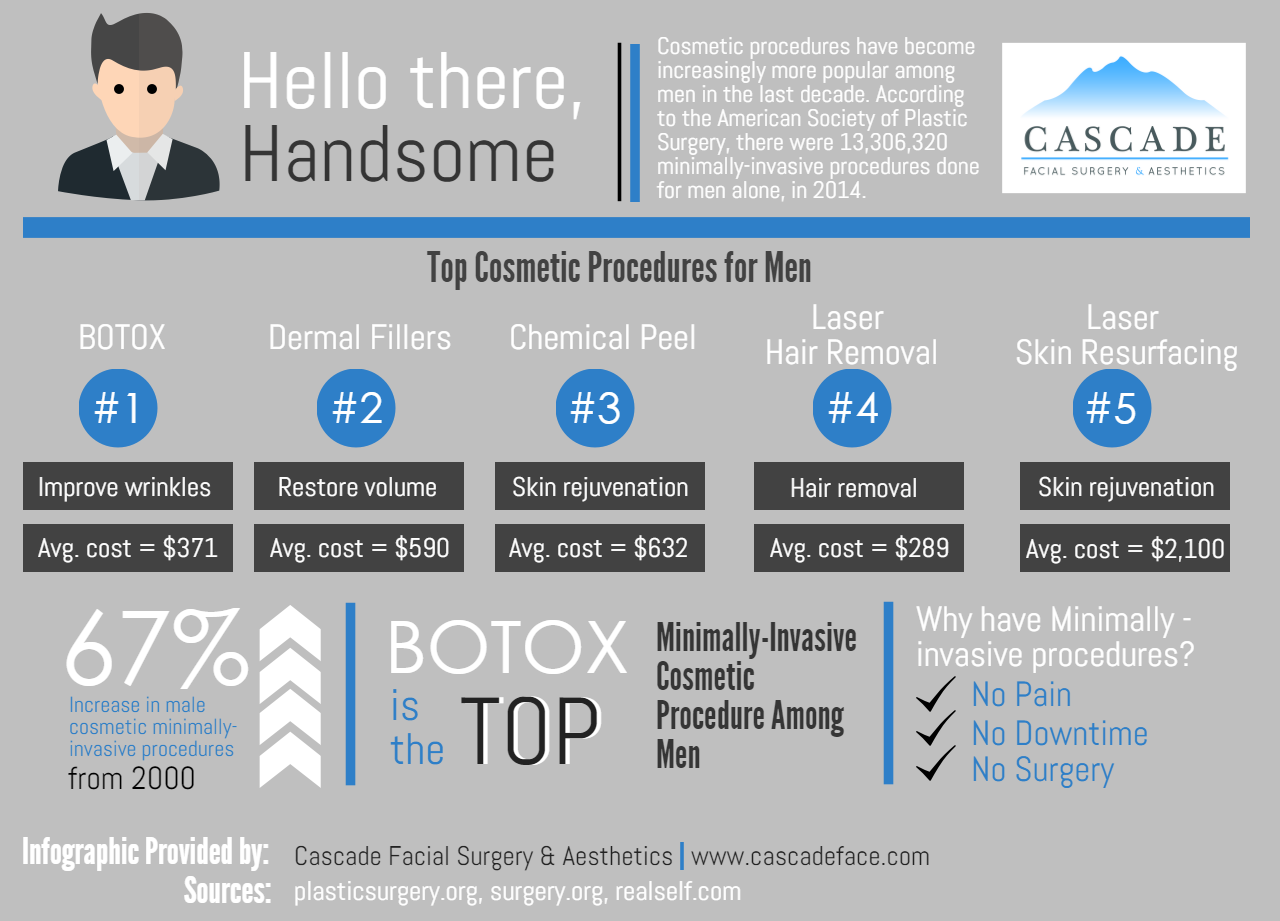What Is The Best Acne Treatment
What Is The Best Acne Treatment
Blog Article
Acne and Exercise - What to Know
Routine exercise, also simply vigorous walking or swimming, assists increase mood and lower anxiety. It likewise increases hormones and natural chemicals that advertise healthy skin, such as serotonin and dopamine.
See to it to wear clean workout clothing that have actually been cleaned lately-- dirty, perspiring clothing can trap germs and add to body acne. And if you have makeup on, think about making use of micellar water to rub out your face prior to working out.
1. Sweating can clog pores.
Exercise helps the body in numerous methods, from stronger muscle mass to reduced high blood pressure and boosted state of mind. It can also help in reducing acne outbreaks, as long as the right practices are in place.
During workouts, the heart rate goes up which causes the sweat glands to open and drain. But if makeup, dirt and bacteria remain on the skin, these can clog pores and lead to the development of pimples. Sweat can also alter the pH balance of skin, causing it to be more sensitive and prone to inflammatory acne.
Acne that develops due to sweat can appear anywhere on the body, but it often appears in areas vulnerable to rubbing, like under apparel bands or headbands. The most effective means to stay clear of sweat-related acne is to put on breathable garments, clean common devices before utilizing and shower immediately after a workout. It's also practical to make use of a mild, non-comedogenic cleanser prior to and after exercising.
2. Dirty clothes can clog pores.
While sweat itself doesn't cause acne, all that microorganisms entraped on the skin can obstruct pores and add to inflammatory breakouts. That's why workout hygiene is so vital for those with acne-prone skin. Put on breathable, moisture-wicking garments, clean down devices before usage, and shower quickly after your sweat session to help in reducing microorganisms accumulation and stop blocked pores.
Acne occurs when hair follicles and pores obtain jammed-up with oil and dead skin cells, activating the body's natural inflammatory response to clear them. When the sweat from an exercise combines with these debris, it can lead to clogged pores and inflammation that's generally viewed as pimples or pustules on the shoulders, back, chest, neck, or temple.
Washes can intensify the problem by capturing sweat alongside the skin, triggering a bacterial overgrowth called Malassezia-- a problem that may be best treated with dental antifungal medicines. It's likewise a good concept to bring extra apparel and tidy towels to the fitness center so you can frequently change out of perspiring clothes and wipe your skin down with fresh, clean towels prior to heading home.
3. Tight-fitting clothing can clog pores.
Sweat itself does not trigger acne, but if it's entraped versus the skin by tight-fitting garments and friction, it can clog pores and bring about outbreaks. That's why it is essential to wear baggy exercise apparel.
Massick likewise recommended cleaning down sports and workout tools before utilizing it, as sharing safety helmets or jerseys with other individuals can transfer harmful, acne-causing microorganisms to the skin. He stated it's important to bath post-workout, too, to make sure that sweat and pore-clogging oils are rinsed the body before they can bring about a breakout.
Last but not least, Massick encouraged patients to maintain gentle, non-comedogenic body clean in their fitness center bag so they can wash the face and body quickly after exercising. He recommends cleaning with a cleanser that contains salicylic acid or benzoyl peroxide to help in reducing pore-clogging oil and avoid acnes from developing. He additionally suggested alcohol consumption lots of water to aid eliminate toxins and reduce sebum production. That, combined with a healthy diet plan and stress administration techniques, can assist ward off acne-inducing tasks like working out.
4. Make-up can clog pores.
While workout is great for your mind and body, it can sometimes trigger or aggravate acne. Nevertheless, many typical misconceptions concerning acne and exercise continue. Acne is in ultherapy fact triggered by hormone changes, most generally set off by the age of puberty, periods, the pill (particularly when coming off it), maternity and tension. These hormonal agents can also be aggravated by diet, washes and a high-stress way of living.
For those who still experience outbreaks while exercising, think about taking some preventive measures: Use skin-friendly, breathable textiles that can help reduce sweat accumulation. Stay clear of tight garments or hats that can trap sweat, dirt and microorganisms. Wash and rinse all exercise clothes and towels frequently to stop bacteria transfer to the skin. Clean your face with a gentle cleanser and hydrate. If you must use make-up, opt for minimal make-up with a non-comedogenic formula that will not clog pores.
While exercise does not straight cause acne, bad skin health, not rinsing after sweating and sharing equipment can all add to the trouble. By prioritizing skin care and integrating excellent habits into your exercise regimen, you can still get that healthy radiance while remaining active.